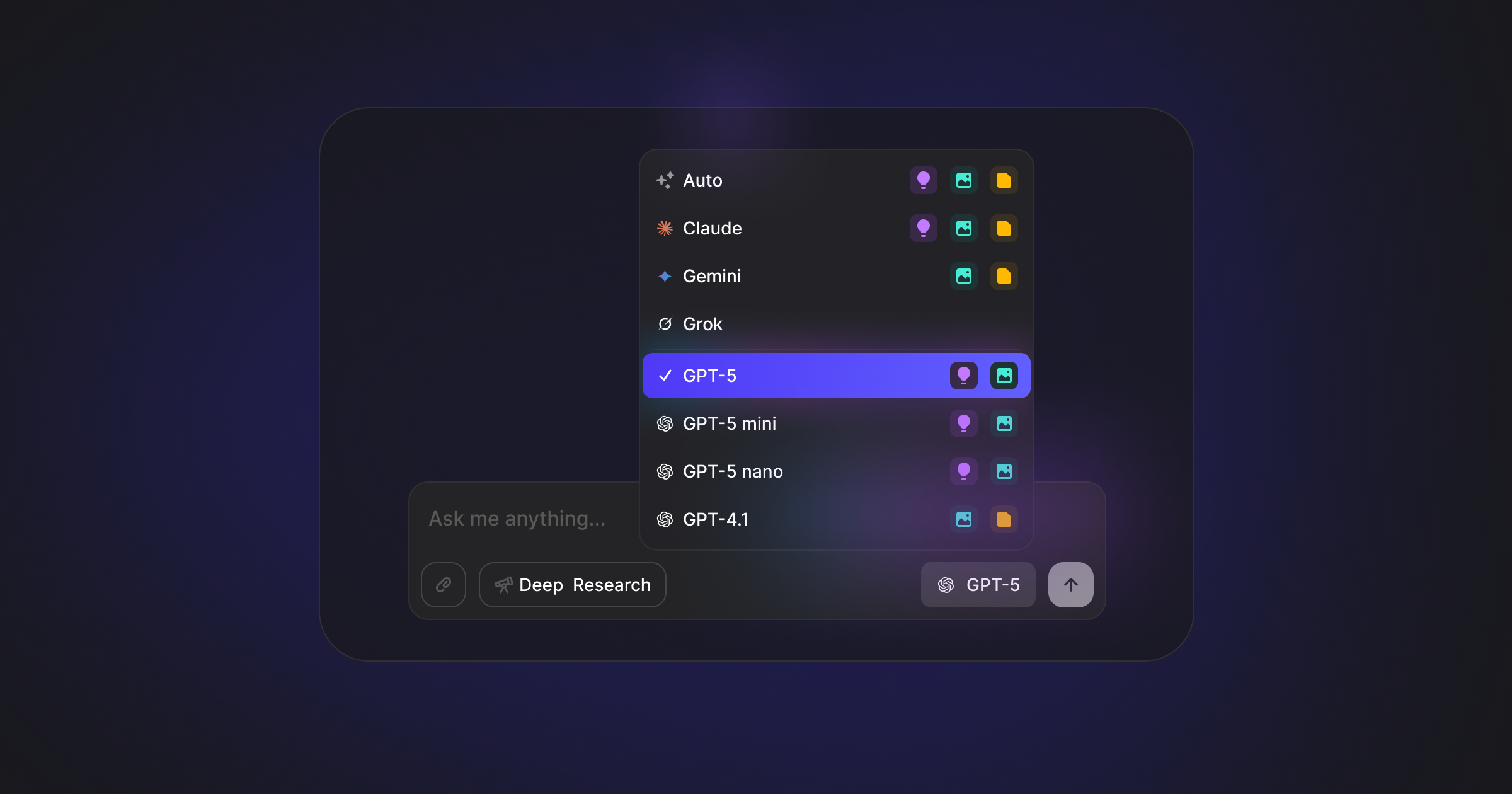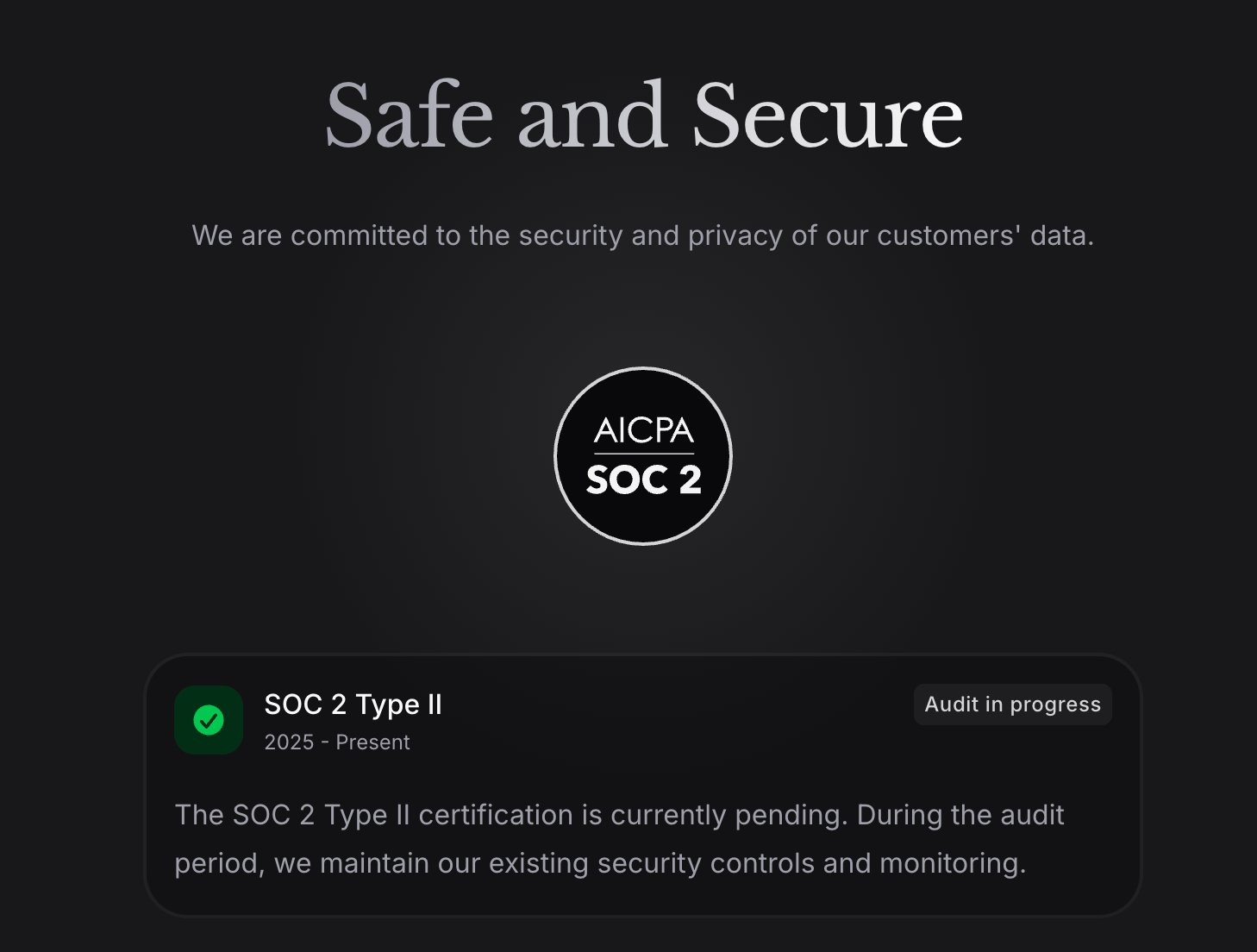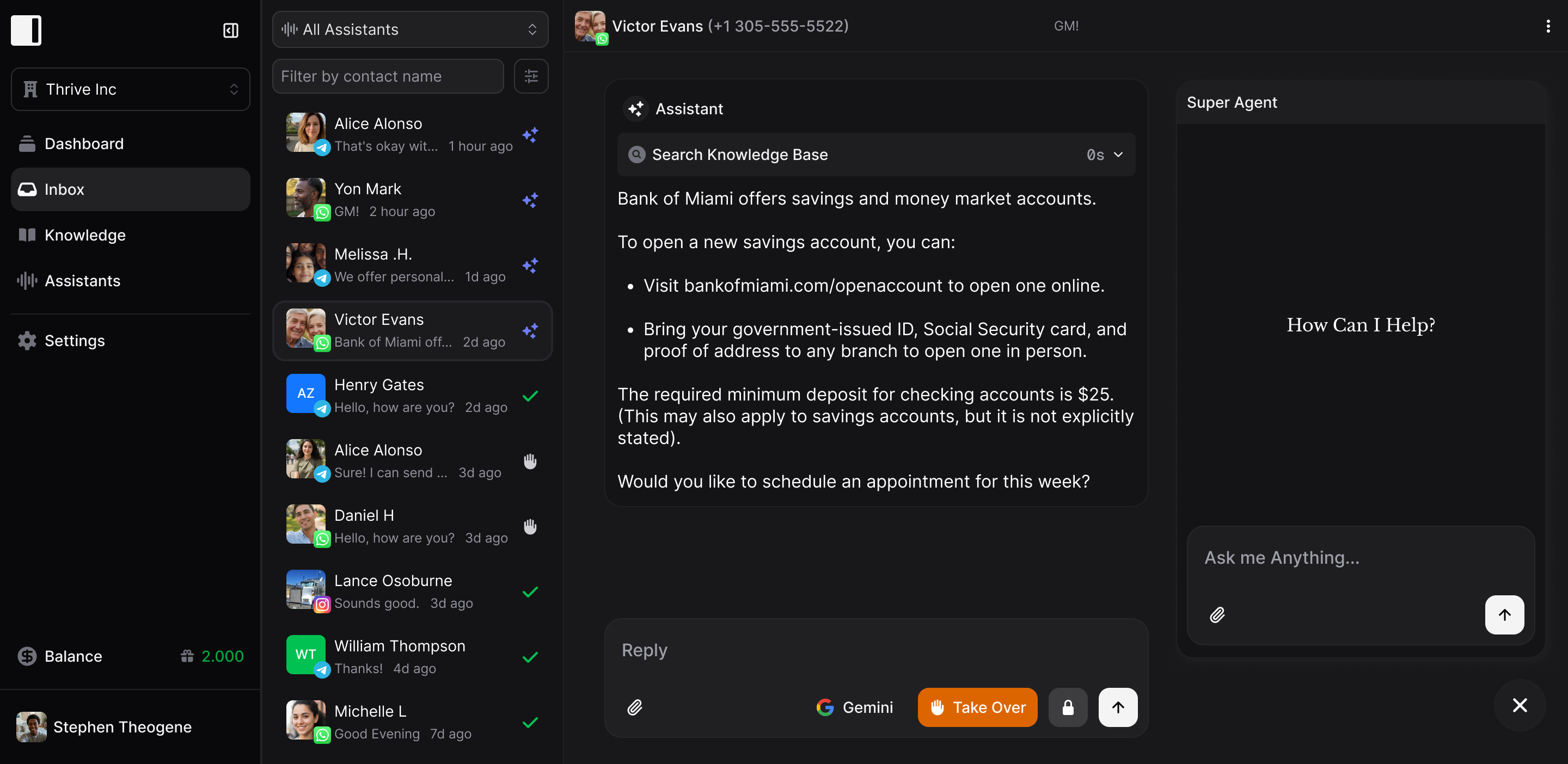Why Chatbots still matter (and are evolving fast)
As of today, according to a Gartner survey of 187 customer service and support leaders conducted in 2024, 85% are exploring or piloting customer-facing conversational generative AI solutions this year. But as customer expectations rise, so does the standard for chatbots, they must be helpful, accessible, and a pleasure to use, or risk losing you leads for good.
This is the step by step guide:
1. Start with user-centric design
Great chatbots begin with user empathy.
Map out your user journeys: Where do people want help? What hesitations do they have when buying or booking?
Use clear, inclusive language and offer easy “outs”, like human handoff or knowledge base links.
Accessibility tip:
One in four adults will experience a disability during their working years (CDC, 2024).
Make sure your chatbot works with voice commands, screen readers, and keyboard navigation.
2. Choose the right AI tech stack (Model-agnostic is best)
The best platforms in 2025 are:
- Model-agnostic: Letting you pick the LLM that fits your use case and swap vendors as needed.
- Multimodal: Able to process text, voice, and images to meet every user need.
Why? According to McKinsey’s 2024 State of AI survey, 66% of teams now use more than one AI model in production.
Flexibility ensures you stay ahead, no vendor lock-in!
Dive more into multi-model and multi-modal concepts here.

Invent's Multi-modal, multi-model assistants.
3. Build “Multiplayer” experiences for teams and customers
Today’s users, internal or external, crave collaborative experiences.
- Live chat handoff: Allow customers to easily bring in a teammate or manager mid-conversation.
- Shared chat spaces: For sales or support, let up to X people join a chat, ask questions, and watch AI summarize action items in real time.
Invent’s tip:
The future is “collaborative AI”, build “multiplayer” UX, not just one-on-one bots.
Teams using real-time, shared chat features are 42% more productive (Miro, 2024).
4. Make Privacy & Transparency non-negotiable
Build trust by design:
- Private chat modes: Offer users or teams the choice of chats that auto-expire after 24 hours.
- Clear permissions: Let users control who sees their data, who can join a chat, and how long info persists.
- Transparent AI actions: Always explain when the chatbot tags, summarizes, or shares information.
According to PwC’s 2024 Responsible AI Survey, 73% of consumers prefer brands that demonstrate visible, ethical AI practices.
Want to know more about how we handle your data? Learn more about Invent's Security Measures, Trust Portal, Privacy Policy and Terms and Data Processing Addendum.

Invent's Security page.
5. Optimize for conversion, not just conversation
Key conversion tactics:
- Give clear CTAs (“Book your demo,” “Try now,” “See pricing”).
- Use follow-up automations (“Would you like a summary emailed to you?”).
- Track and personalize re-engagement based on user input and behavior.
6. Embrace Automation, but add a Human Touch
AI should:
- Tag, summarize, and track follow-ups automatically, so users and teams don’t lose context.
- Hand off to human agents seamlessly based on “intent confidence” or escalation triggers.
Less busywork = more time for actual selling and support.
Measure and iterate
- A/B test flows for conversion: Change question order, CTA wording, and error handling, track what moves people forward.
- Capture feedback: Include “Was this helpful?” and gather verbatim user suggestions.
- Analyze drop-offs: Where do users quit the chat? Fix friction fast.
What’s next: Agentic, Team-powered AI
2025’s top-performing bots will:
- Support shared, multimodal communication: Typing, speaking, uploading images, pick whatever’s natural.
- Act as true agents: Scheduling, researching, or triggering workflows, not just answering questions.
- Enable secure, temporary “private chats” for sensitive use cases.
Checklist: Launch a Chatbot that converts
- User-centric and accessible?
- Supports real-time and asynchronous teamwork?
- Privacy-first with flexible permissions?
- Uses model-agnostic, multimodal AI?
- Automates repetitive tasks and note-taking?
- Optimized for conversion with smart CTAs?

Ready to build or upgrade your Chatbot?
Tools like Invent lead the collaborative AI revolution (model-agnostic, multiplayer by design, privacy-first). Discover how you can empower your team and delight your customers, today and tomorrow.

